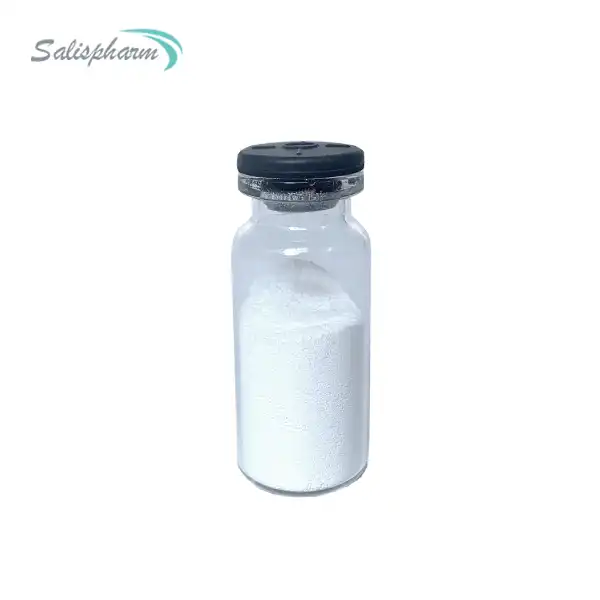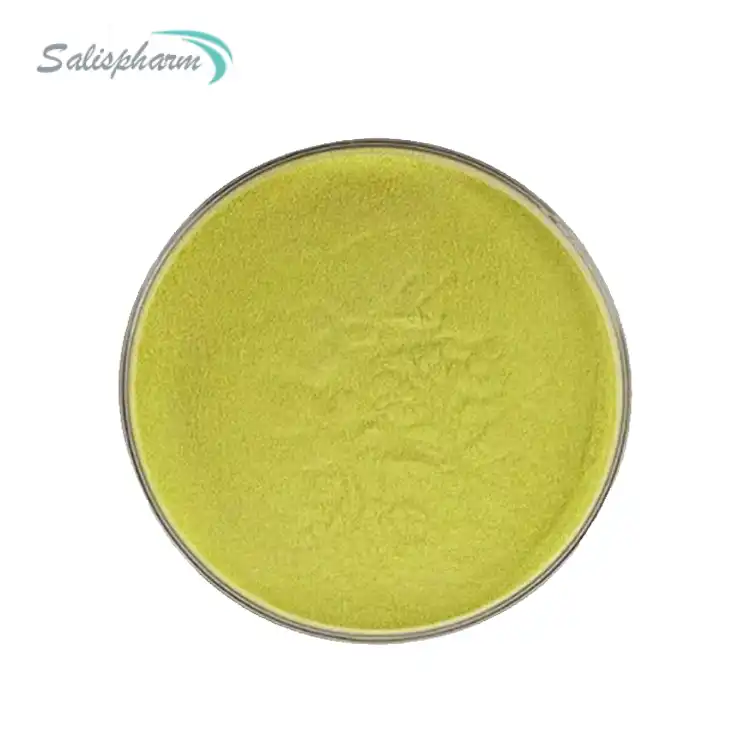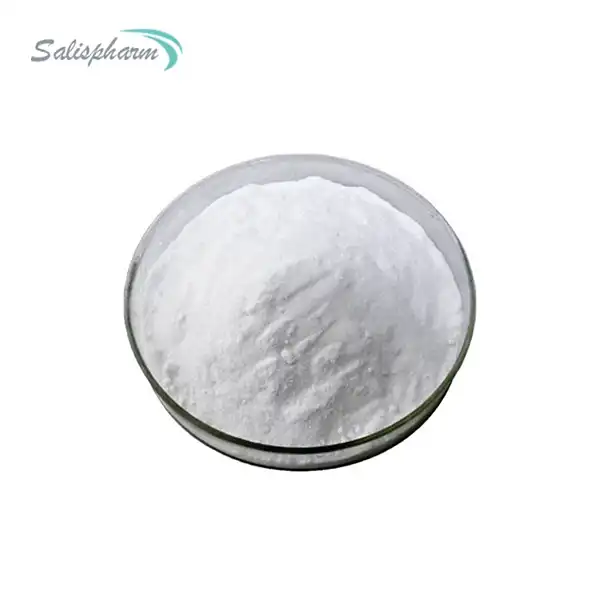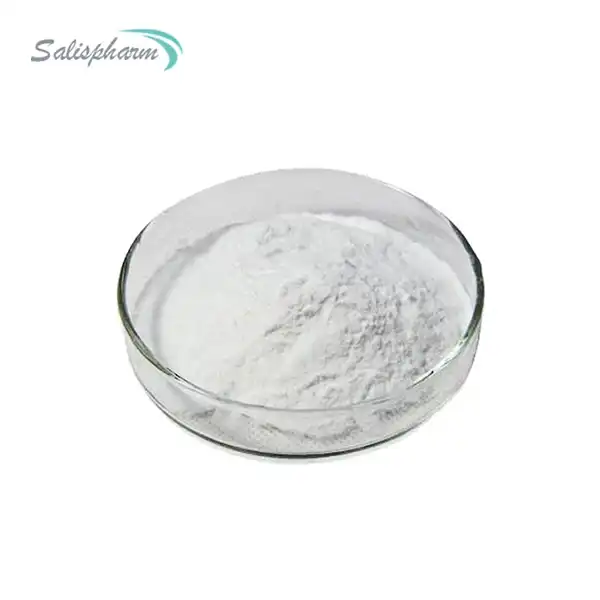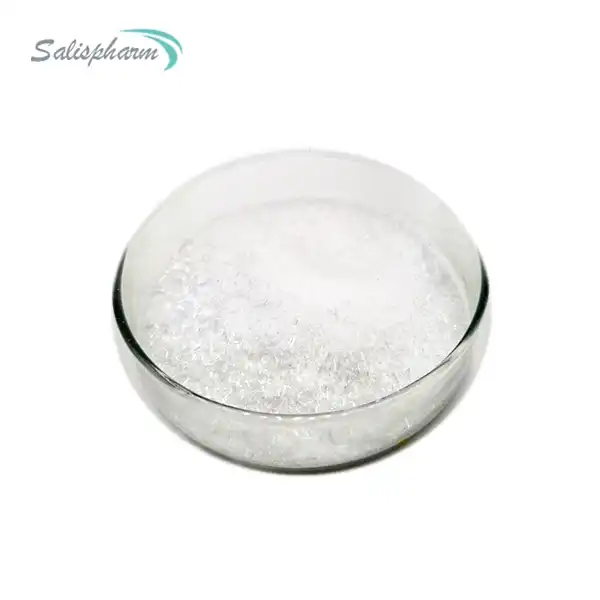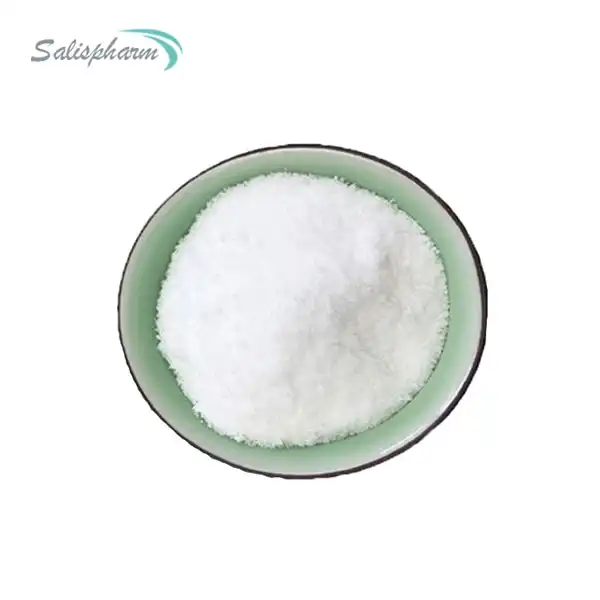Octenidine powder, a relatively new skin care product, has gained popularity in recent years due to its potential benefits for skin health. This antimicrobial compound is derived from a synthetic cationic bisguanide, and it has been widely used in various healthcare settings for its antibacterial and antifungal properties. However, the question remains: Is octenidine powder truly good for skin? In this blog post, we will explore the benefits, potential risks, and appropriate usage of this topical powder.
What is Octenidine Powder, and How Does it Work on Skin?
Octenidine powder is a topical antimicrobial agent designed to combat various types of bacteria, fungi, and other microorganisms that can cause skin infections or irritations. It belongs to the family of cationic bisguanides, which are known for their broad-spectrum activity against both gram-positive and gram-negative bacteria.
The mechanism of action of octenidine powder involves disrupting the cell membrane of microorganisms, leading to their death or inhibition of growth. This process occurs through the interaction between the positively charged octenidine molecules and the negatively charged components of the bacterial cell membrane, causing its destabilization and eventual rupture.
When applied to the skin, octenidine powder can help prevent and treat various skin conditions caused by microbial infections, such as:
- Skin wounds and ulcers
- Surgical site infections
- Acne and folliculitis
- Athlete's foot and other fungal skin infections
- Eczema and dermatitis exacerbated by bacterial overgrowth
By reducing the presence of harmful microorganisms on the skin, octenidine powder can promote faster healing, alleviate symptoms of inflammation and irritation, and potentially prevent the spread of infections to other areas of the body or to others.

Are There Any Potential Side Effects or Risks Associated with Using Octenidine Powder?
While octenidine powder is generally considered safe for topical use, it is essential to be aware of potential side effects and risks associated with its application. Like any medical product, proper usage and precautions should be followed to minimize adverse reactions.
Possible side effects of octenidine powder may include:
- Skin irritation or redness: Some individuals may experience mild skin irritation, redness, or itching, especially if the powder is applied to broken or sensitive skin areas.
- Allergic reactions: Although rare, some people may develop allergic reactions to octenidine or other components of the powder formulation, leading to symptoms such as rash, swelling, or difficulty breathing.
- Eye and mucous membrane irritation: Octenidine powder should be kept away from the eyes, nose, and mouth to avoid irritation of mucous membranes.
- Interference with wound healing: In some cases, octenidine powder may delay wound healing if used excessively or improperly.
It is crucial to follow the manufacturer's instructions and consult with a healthcare professional, especially if using octenidine powder for prolonged periods or on large areas of the body. Individuals with preexisting skin conditions, such as eczema or psoriasis, should exercise caution and seek medical advice before using octenidine powder.
Additionally, octenidine powder should not be ingested or used on deep wounds or severe burns without proper medical supervision.
How to Properly Use Octenidine Powder for Optimal Skin Health?
To ensure the safe and effective use of octenidine powder, it is essential to follow proper application techniques and guidelines. Here are some tips for optimal skin health:
1. Thoroughly clean and dry the affected area before applying octenidine powder. Removing any debris, exudate, or excess moisture from the skin will enhance the powder's effectiveness.
2. Apply a thin, even layer of octenidine powder to the desired area. Avoid excessive application, as this may lead to potential irritation or delayed wound healing.
3. For open wounds or ulcers, consider using a sterile dressing or bandage to keep the powder in place and prevent contamination.
4. Wash your hands thoroughly before and after handling octenidine powder to prevent the spread of microorganisms.
5. If using octenidine powder for an extended period, monitor the area closely for any signs of irritation or adverse reactions. Discontinue use and seek medical advice if necessary.
6. Follow the recommended application frequency and duration as per the product instructions or as advised by your healthcare provider.
7. Store octenidine powder in a cool, dry place, away from direct sunlight and moisture, to maintain its potency and effectiveness.
8. Consult with a healthcare professional before using octenidine powder on infants, pregnant or breastfeeding women, or individuals with compromised immune systems.
By following these guidelines and using octenidine powder judiciously, you can potentially benefit from its antimicrobial properties while minimizing the risk of adverse effects.
If you are also interested in this product and want to know more product details, or want to know about other related products, please feel free to contact iceyqiang@gmail.com.
References:
1. Hübner, N. O., & Kramer, A. (2010). Review on the efficacy, safety and clinical applications of polihexanide, a modern wound antiseptic. International Wound Journal, 7(5), 397-408. doi: 10.1111/j.1742-481X.2010.00704.x
2. Müller, G., & Kramer, A. (2008). Biocompatibility index of antiseptic agents by parallel assessment of antimicrobial activity and cellular cytotoxicity. Journal of Antimicrobial Chemotherapy, 61(6), 1281-1287. doi: 10.1093/jac/dkn103
3. Tietz, A., Frei, R., Dangel, M., Tièche, C., Brun, P., & Haas Löcher, C. (2018). Octenidine hydrochloride for the care of central venous catheter insertion sites in severely immunocompromised patients. Infection Control & Hospital Epidemiology, 39(11), 1328-1334. doi: 10.1017/ice.2018.223
4. Jankovic, S., Opavski, N., Jevtic, M., Djoric, A., & Milenkovic, S. (2018). Efficacy of octenidine dihydrochloride in the treatment of chronic venous leg ulcers: A prospective, randomized, double-blind, parallel-group, placebo-controlled study. International Journal of Dermatology, 57(7), 864-871. doi: 10.1111/ijd.13973
5. Siemer, P., Romme, P., Robbins, J. B., Zinn, C., Opel, D., Caulfield, M., & Ozer, K. (2018). Safety and efficacy of octenidine in the management of diabetic foot ulcers: A randomized, controlled study. The International Journal of Lower Extremity Wounds, 17(3), 174-179. doi: 10.1177/1534734618790134
6. Rosin, M., Welk, A., Bernhardt, O., Ruhnke, M., Pitten, F. A., Kocher, T., & Kramer, A. (2001). Effect of a polyhexamethylene biguanide mouthrinse on bacterial counts and plaque. Journal of Clinical Periodontology, 28(12), 1121-1126. doi: 10.1034/j.1600-051X.2001.281209.x
7. Kramer, A., Reichwagen, S., Heldt, P., & Gundermann, K. H. (2008). Toxicity, irritancy, and sensitizing potential of octenidine dihydrochloride. A review of in vitro and in vivo studies. American Journal of Infection Control, 36(10), 660-668. doi: 10.1016/j.ajic.2008.02.007
8. Hirsch, T., Limoochi-Deli, S., Huberts-Lintermans, W., Seipp, H. M., Klug, E., & Jacobsen, F. (2011). Evaluation of the antimicrobial activity of octenidine dihydrochloride in a simulated wound environment. European Journal of Clinical

